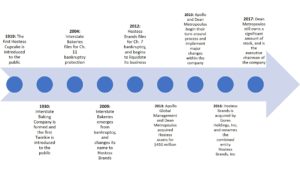MSCI
Guest write-up by Jayden Preston.
Overview
Spun off from Morgan Stanley in 2007, MSCI is a leading provider of investment decision support tools to investment institutions worldwide. They produce indexes and risk and return portfolio analytics for use in managing investment portfolios.
Their flagship products are their international equity indexes marketed under the MSCI brand. They also offer other products that assist investors making investment decisions. These include portfolio analysis by their Barra platform; risk management by their RiskMetrics product; provision of ratings and analysis that institutional investors to integrate environmental, social and governance (“ESG”) factors into their investment strategies; and analysis of real estate in both privately and publicly owned portfolios.
Their clients include both asset owners and financial intermediaries.
Their principal business model is to license annual, recurring subscriptions to their products and services for a fee, which is, in a majority of cases, paid in advance.
They also charge clients to use their indexes as the basis for index-linked investment products such as ETFs or as the basis for passively managed funds and separate accounts. These clients commonly pay MSCI a license fee, primarily in arrears, for the use of the brand name mainly based on the assets under management (“AUM”) in their investment product. Certain exchanges use their indexes as the basis for futures and options contracts and pay them a license fee, primarily paid in arrears, for the use of their intellectual property mainly based on the volume of trades.
Clients also subscribe to periodic benchmark reports, digests and other publications associated with their Real Estate products. Fees are primarily paid in arrears after the product is delivered.
As a very small part of their business, they also realize one-time fees related to customized reports, historical data sets and certain implementation and consulting services, as well as from certain products and services that are purchased on a non-renewal basis.
Business Segment
MSCI categories its business segments into the following: 1) Index, 2) Analytics, and 3) All Other.
Index Segment
This is their key segment. As I will explain below, this is where I believe the lion’s share of value of MSCI lies.
MSCI indexes are used in many areas of the investment process, including index-linked product creation and performance benchmarking, as well as portfolio construction and rebalancing. Index-linked product creation generates asset-based fees and the latter is the source of their subscription revenue within the Index segment.
MSCI currently calculates over 190,000 global equity indexes, including approximately 7,300 custom indexes.
For 2016, Index generated $613.5 million in revenue, or 53% of their total revenue. Adjusted EBITDA from this segment was $431.5 million, or 76% of total EBITDA. You can see that the EBITDA margin from this segment was 70%.
Analytics Segmen
This segment uses analytical content to create products and services which offer institutional investors an integrated view of risk and return. A few examples of major offerings under …
Read more
